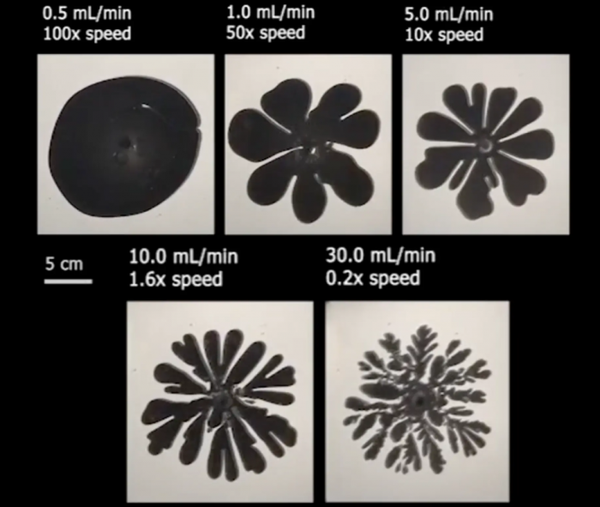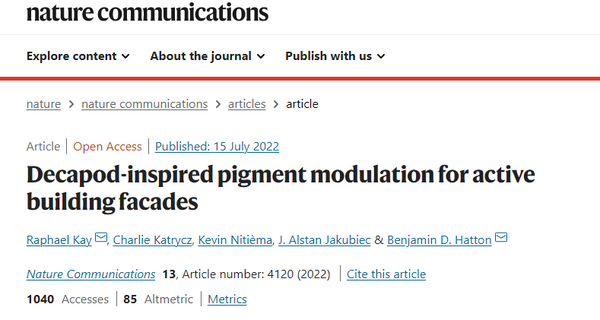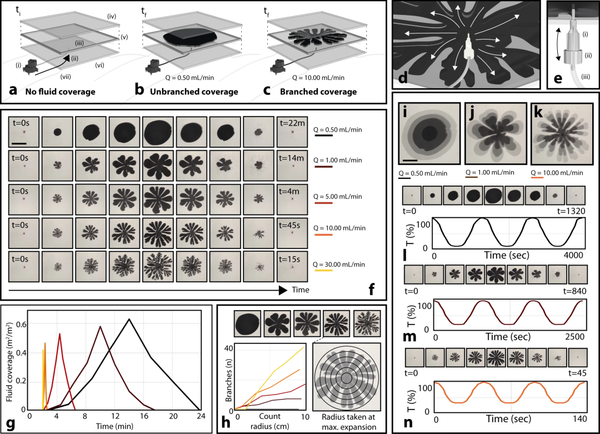Krill are tiny sea creatures that are usually transparent, but they can move pigments in the cells under the skin, darkening themselves to protect themselves from UV rays in bright sunlight. The research team from the University of Toronto believes that this "superpower" may be used in windows and building facades.
It is reported that the prototype of the system is composed of optofluidic cells that can switch between transparent and opaque on demand, using relatively little energy. Inside the battery, there is a 1mm thick layer of mineral oil between the two layers of plastic. To make its surface dark, a small amount of water containing pigments or dyes can be injected into the battery through a connected tube.
 The researchers explained that the more pigment injected, the larger the bloom pattern, and the flow rate can determine its shape. Low flow rates produce circular patterns, while high flow rates produce tree-like structures. The pigment can then be withdrawn, returning the battery to its transparent state. The research results were recently published in the journal Nature Communications.
The researchers explained that the more pigment injected, the larger the bloom pattern, and the flow rate can determine its shape. Low flow rates produce circular patterns, while high flow rates produce tree-like structures. The pigment can then be withdrawn, returning the battery to its transparent state. The research results were recently published in the journal Nature Communications.
"We are interested in how a 'closed fluid' of green, sustainable chemistry can be used to change material properties," said Ben Hatton, lead author of the research paper. "It's very versatile: we can not only control the patterning in each cell Size and shape, we can also tune the chemical or optical properties of the dye in the water. It can exhibit any color or transparency we want."
 The team envisions using these optofluidic cells in windows or building façades as a low-energy thermoregulation system. On hot summer days, the cells can be switched to opaque to block sunlight, and then switched back to transparent when the sun goes down.
The team envisions using these optofluidic cells in windows or building façades as a low-energy thermoregulation system. On hot summer days, the cells can be switched to opaque to block sunlight, and then switched back to transparent when the sun goes down.The researchers simulated how the system would work at a building scale and compared it with other systems (electric shutters or electric color-changing windows), which use voltage changes to alter the transparency of glass coatings, in terms of energy savings.
Testing has found that the University of Toronto's dynamic shading system saves up to 30% in energy consumption (for heating, cooling and lighting) compared to the other two options. "We can achieve all this with simple, scalable and inexpensive fluid flow," the researchers said.

